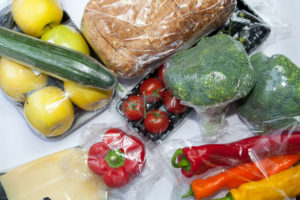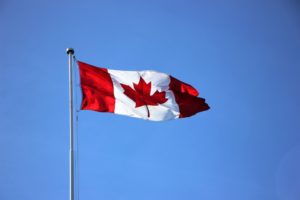Canada to release list of proposed banned plastic products in months, minister says
Environment Minister Jonathan Wilkinson says Ottawa is on track to meet its 2021 target for regulations banning certain single-use plastics, which he said would likely include bags and straws.
In an interview with The Globe and Mail on Thursday, Mr. Wilkinson said the government expects to release a proposed list of banned products in the coming months. The list will be finalized and solidified in regulation after a consultation period. But while the rules are slated to be in place by 2021, it could be a while longer before they fully take effect. “There may, for some products, be phase-in periods,” Mr. Wilkinson said.
Prime Minister Justin Trudeau promised in June to regulate plastic waste as part of a national plan to reduce the amount of packaging that has overwhelmed municipal waste programs and is polluting the environment.
The strategy could include implementing standards that make sure some products are made up of a certain percentage of recycled content. It could also involve working with the provinces and territories toward extended producer responsibility (EPR) programs, which require manufacturers and sellers to manage the collection and recycling of the plastic waste they put into the market.
With the release Thursday of a draft state-of-the-science assessment on plastic pollution, which was conducted by Environment and Climate Change Canada in partnership with Health Canada, the government is armed with the scientific basis it needs to take regulatory action under the Canadian Environmental Protection Act.“It’s certainly a big step forward,” Mr. Wilkinson said.The 112-page document says that macroplastics (those with particles greater than five millimetres) cause harm to the environment, including as it relates to marine life ingesting pieces of plastic or getting tangled up in them. The assessment said the environmental and human-health impacts of microplastics – which can be absorbed into soil, accumulate in freshwater bodies such as the Great Lakes, or be released into the air through tire wear and the shedding of clothing fibres – are less clear and sometimes contradictory.
Still, the assessment was firm in its recommendation: “In adherence with the precautionary principle, action is needed to reduce macro- and microplastics that end up in the environment.” The precautionary principle is one of CEPA’s guiding concepts and says that “where there are threats of serious or irreversible damage, lack of full scientific certainty shall not be used as a reason for postponing cost-effective measures to prevent environmental degradation.” The final version of the assessment will be released some time after public consultations on the draft close on April 1.



